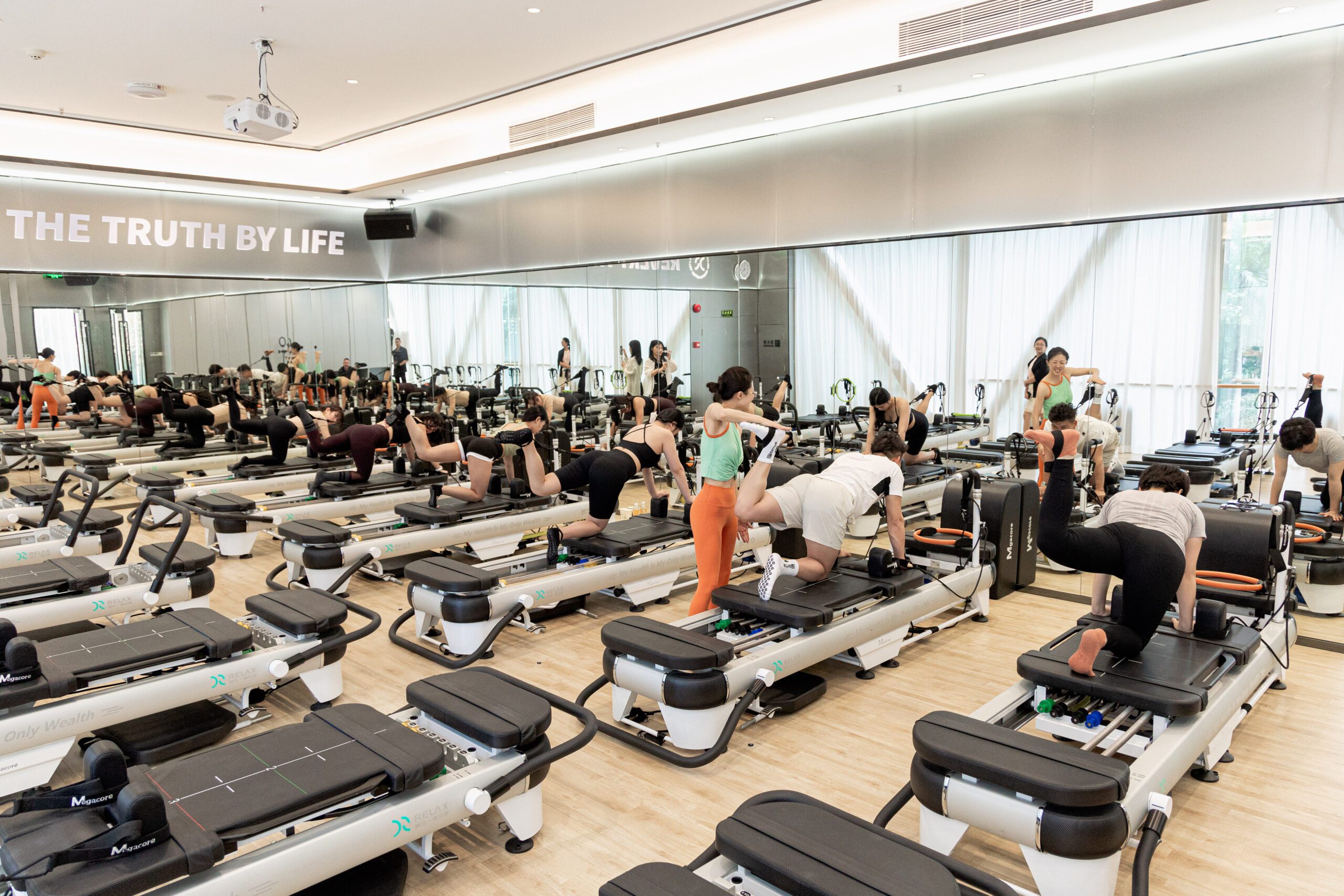The Rise of Two Fitness Giants
The Pilates reformer, with its spring-based resistance system and sliding carriage, has long been a staple in studios and homes for improving strength, flexibility, and posture1. Meanwhile, the Megaformer (also known as the “Megaformer” or Super Model Machine), pioneered by Sebastien Lagree, has emerged as a high-intensity, low-impact powerhouse. It combines elements of Pilates, strength training, and cardio into a single, efficient workout on a larger, more adjustable platform.
The global Pilates equipment market, valued at $570.22 billion in 2025 and expected to reach $903.74 billion by 2033 (CAGR of 5.25%), underscores the sustained demand for low-impact fitness solutions1. The Megaformer taps into this trend but targets a niche seeking greater intensity and efficiency.
Key Differentiators: Tradition vs. Innovation
Pilates Reformer: The Time-Tested Classic
- Strengths: Proven effectiveness for rehabilitation, posture correction, and core stability1. Its design is versatile for various fitness levels.
- Market Position: Dominates 60% of the equipment market share (combined with Cadillac/Trapeze Table)1. The home reformer segment is growing rapidly, projected to reach $1.154 billion by 2031 (CAGR 10.2%).
- Innovation: Evolving with connected technology (12% growth in app-connected reformers in 2023) and space-saving, apartment-sized designs1.
Megaformer: The High-Intensity Challenger
- Core Appeal: Offers a unique blend of high-intensity, low-impact training. A 50-minute session is touted to be equivalent to “50 minutes of cardio, 50 minutes of resistance training, and 50 minutes of Pilates”10. It effectively activates deep muscles and enhances coordination.
- Commercial Success: Studios like Solidcore (250+ locations, acquired by L Catterton in 2024, $150M revenue in 2024) demonstrate its viable business model and growing popularity.
- Experience: Often features in boutique studios with group classes, dynamic music, and smart lighting, creating an engaging and motivating atmosphere.
Can the Megaformer Replace the Reformer?
The answer is likely no, not outright replacement, but rather market segmentation and coexistence.
- Different Target Audiences: The reformer caters to a broader demographic, including those seeking rehabilitation, gentle strength building, and home fitness1. The Megaformer appeals more to individuals craving intense, efficient workouts and visible body-sculpting results, often in a group setting.
- Cost and Accessibility: High-quality reformers, especially the Megaformer, represent a significant investment. This limits widespread home adoption compared to more compact and affordable home reformers. Furthermore, the availability of certified trainers and specialized studios for Megaformer is currently more concentrated in urban areas.
- Hybrid Trends Emerge: The market isn’t strictly binary. We see innovations like “Reformer Strong” classes that blend traditional reformer basics with bodybuilding and functional fitness techniques, creating a more dynamic and powerful workout5. This indicates a trend towards hybridization rather than outright replacement.
The Verdict: Coexistence and Specialization
The Megaformer is not destined to make the Pilates reformer obsolete. Instead, the fitness landscape is evolving to accommodate both:
- The Pilates reformer will remain the cornerstone for rehabilitation, foundational Pilates practice, and home-based low-impact training.
- The Megaformer is carving out a strong position as a premium, high-intensity training option within boutique fitness studios, appealing to those seeking efficiency and dramatic results.
The future of fitness lies in diversity and choice. “Innovation + manufacturing” is driving Chinese specialized Pilates apparatus onto the world stage. Whether it’s a reformer, a Megaformer, or a hybrid of both, the ultimate winner is the consumer, who benefits from an increasingly sophisticated array of equipment designed to meet their specific health and fitness goals.

